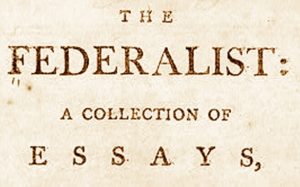 In re DePuy Orthopaedics also warns against driving through much traffic through an “opened door” for the admission of evidence, noting:
In re DePuy Orthopaedics also warns against driving through much traffic through an “opened door” for the admission of evidence, noting:
The district court admitted several pieces of inflammatory character evidence against defendants—including claims of race discrimination and bribes to Saddam Hussein’s Iraqi “regime”—reasoning the defendants had “opened the door” by repeatedly presenting themselves as “wonderful people doing wonderful things.”
. . .
The district court allowed these repeated references to Hussein and the [Deferred Prosecution Agreement] because
defendants had supposedly “opened the door” by eliciting testi-mony on their corporate culture and marketing practices. This justification is strained, given that J&J owns more than 265 companies in 60 countries, and the Iraqi portion of the DPA addresses conduct by non-party subsidiaries. “[T]he Rules of Evidence do not simply evaporate when one party opens the door on an issue.”
Nos. 16-11051 et seq. (April 25, 2018) (citations omitted, emphasis added).













